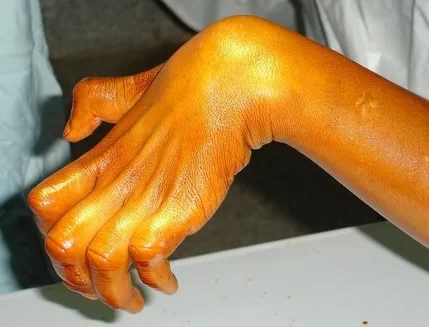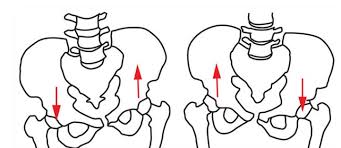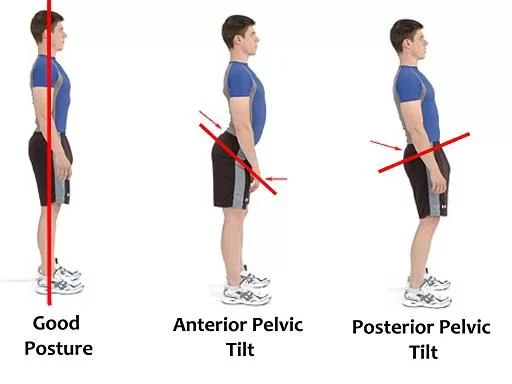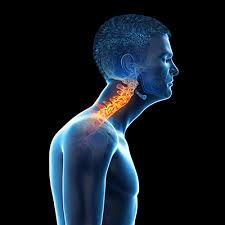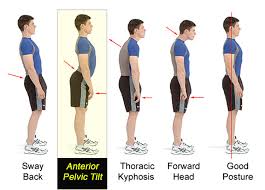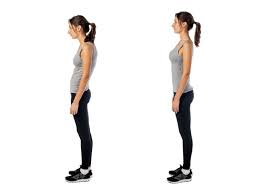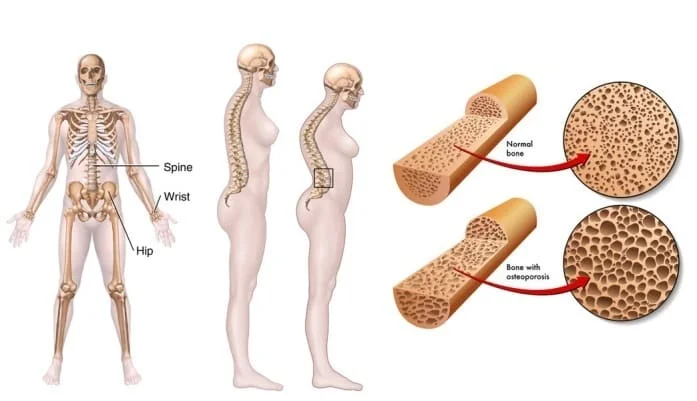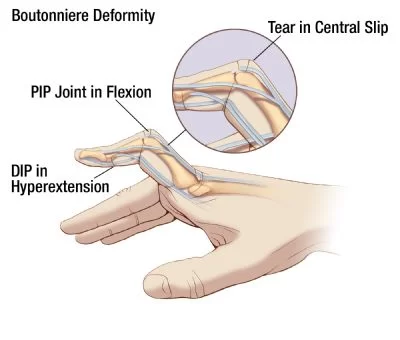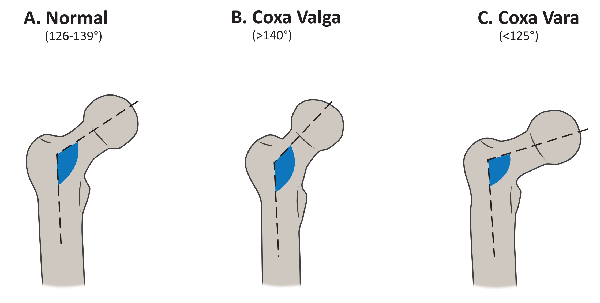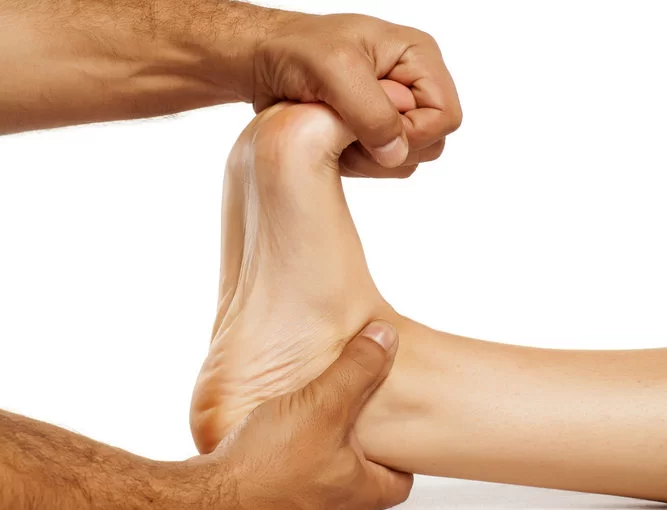Claw Hand
What is a Claw Hand? Pathoanatomy Common causes of claw hand include: Congenital birth defect Claw hand sometimes occurs as a defect at birth. Nerve damage Damage to the nerves can occur in the arm or hand from injuries or diseases. Cervical spondylosis, ulnar nerve palsy, and ulnar nerve entrapment are all conditions that can…

